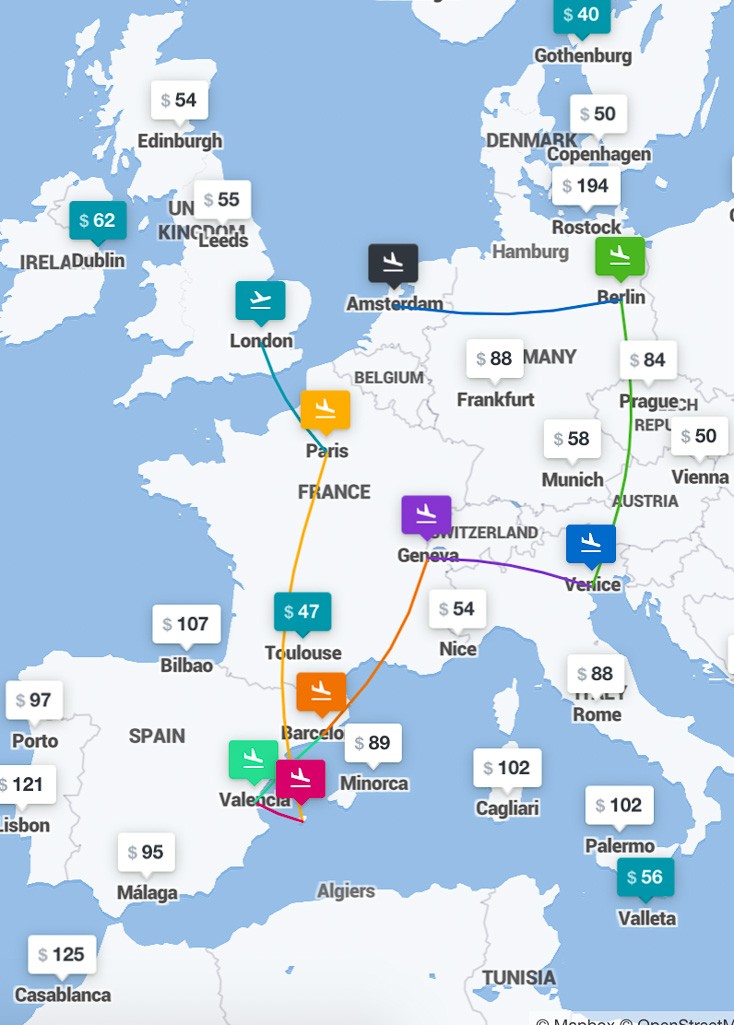Spice Souk Magic: A Gourmet’s Paradise in the Middle East
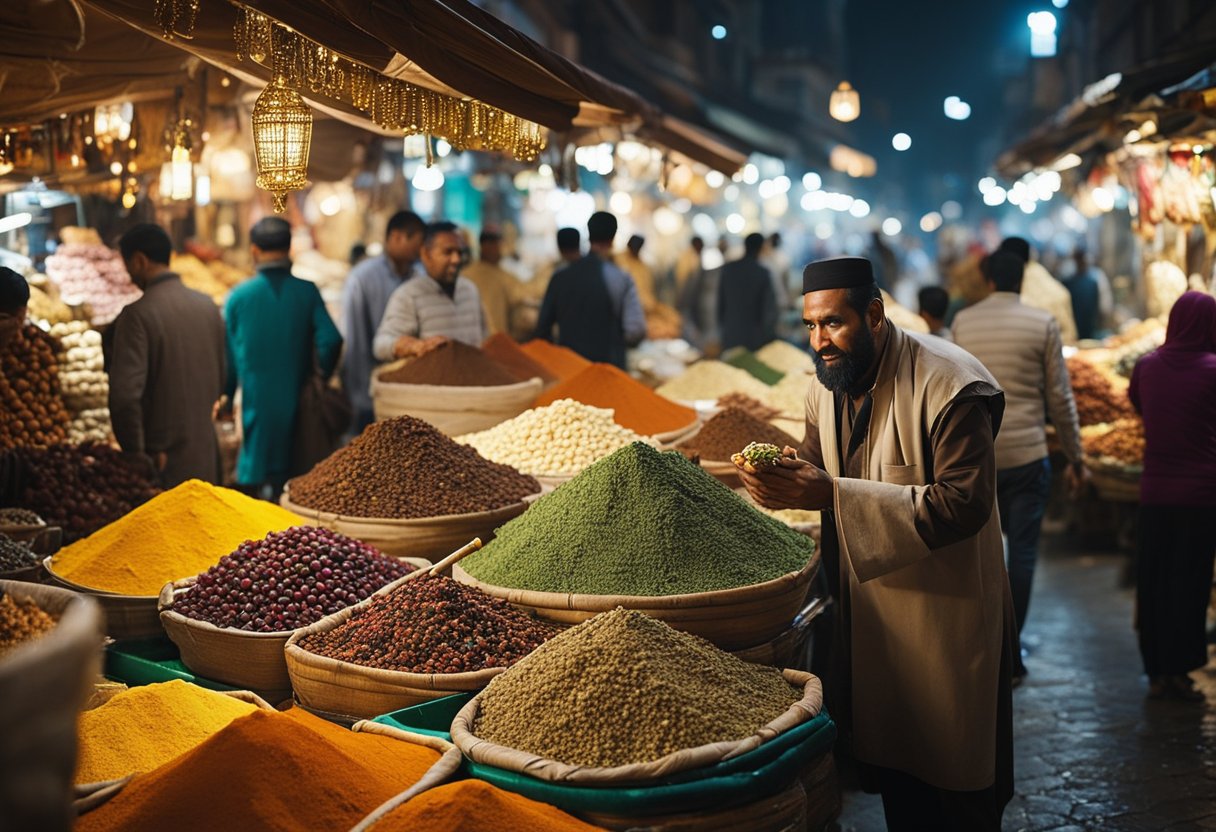
Introduction
Definition of Spice Souk
A spice souk is more than just a market; it’s a vibrant cultural hub found predominantly in the Middle East. These bustling bazaars are brimming with an array of aromatic spices, herbs, and traditional medicinal products, making them a sensory delight for all who visit.
Significance of Spice Souks in the Middle East
Spice souks hold a special place in Middle Eastern culture, serving as:
- Culinary Cornerstones: They offer essential ingredients that define regional dishes.
- Cultural Exchanges: Providing a space where traders and locals share stories and customs.
- Economic Engines: Supporting local economies through trade and tourism.
Visiting a spice souk is often a cherished experience. For instance, amidst the colorful sacks of spices, the intoxicating scent of saffron mingles with the fragrance of sumac, creating an atmosphere that is both unique and inviting.
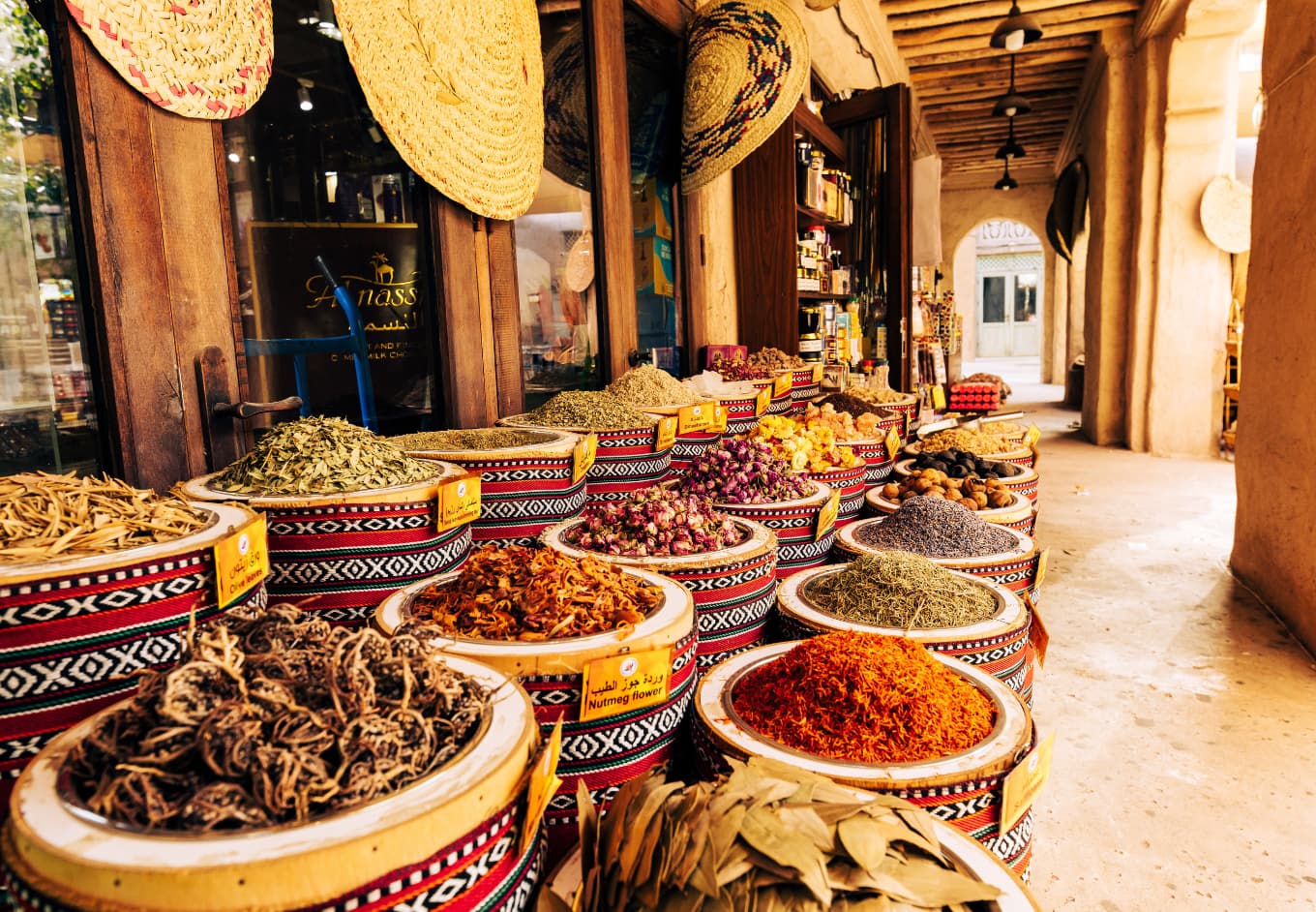
History of Spice Souks
Origins of Spice Trading
The origins of spice trading date back thousands of years, intertwining with the rise of ancient civilizations. Spices such as cinnamon, pepper, and cardamom were highly sought after for their flavor, medicinal properties, and even preservation qualities. Traders traveled vast distances along trade routes like the Silk Road, connecting the East and West.
- Historical Trade Routes:
- Silk Road
- Maritime Spice Routes
- Incense Trail
Personal stories of traders embarking on long journeys underscore the importance of spices for both daily life and commerce. Imagine a merchant, laden with exotic goods, braving the deserts to exchange his treasures with distant lands.
Evolution of Spice Markets in the Middle East
As the demand for spices grew, so did the markets. Spice souks evolved from informal gathering points to organized exchange centers. This evolution mirrored significant historical events, such as:
- The rise of empires, which expanded trade networks.
- The development of new agricultural practices, introducing novel spices to local cuisines.
- The impact of colonization, bringing European influences and Varied global spices.
Today’s spice souks, with their rich history and lively atmosphere, reflect centuries of tradition and innovation. The blend of old and new makes each visit feel like stepping back in time while embracing culinary evolution.

Spice Variety in the Middle East
Popular Spices Sold in Spice Souks
As visitors wander through the colorful aisles of spice souks, they encounter a dazzling array of spices that define Middle Eastern cuisine. Some of the most popular spices include:
- Sumac: A tangy spice that adds a vibrant flavor to salads and grilled meats.
- Za’atar: A blend of herbs, sesame seeds, and sumac that elevates dishes such as hummus and flatbreads.
- Cumin: A staple in stews and spices, delivering a warm, earthy taste.
- Cardamom: Known as the “queen of spices,” ideal for both savory and sweet dishes.
- Saffron: The world’s most expensive spice, essential for rice dishes like Persian kabsa.
Each spice brings a unique flavor profile and cultural significance to the table, making every dish a reflection of tradition.
Benefits and Culinary Uses of Middle Eastern Spices
The benefits of Middle Eastern spices extend beyond flavor; they offer a host of health advantages as well:
- Antioxidant Properties: Many spices, such as turmeric and cinnamon, are rich in antioxidants, promoting overall health.
- Digestive Aid: Spices like cumin and fennel help with digestion and reduce bloating.
- Anti-Inflammatory: Ginger and turmeric are known to combat inflammation in the body.
Culinary uses are as diverse as the spices themselves. For instance, a pinch of saffron transforms simple rice into a luxurious dish, while za’atar can turn ordinary chicken into a zesty delight with just a sprinkle.
In the heart of a spice souk, the vibrant colors and aromas tell a story of tradition, health, and culinary artistry that feeds the body and soul.

Cultural Significance of Spice Souks
Role of Spices in Middle Eastern Cuisine
Spices are the heart and soul of Middle Eastern cuisine, transforming simple ingredients into complex, flavorful dishes. In spice souks, each spice carries a unique narrative, connecting generations through culinary heritage. For example:
- Cilantro is essential in fresh salads like tabbouleh.
- Turmeric lends vibrant color and depth to rice dishes such as biryani.
- Paprika provides smokiness, perfect for stews and dips.
Every family has its own cherished spice blends, often passed down, creating bonds that tie individuals to their culture and history.
Traditional Practices and Rituals Associated with Spices
Spices often play a vital role in various traditional practices and rituals throughout the Middle East:
- Ritual Dishes: Spices are integral to festive dishes prepared during Ramadan and family gatherings, where recipes serve as a source of pride and connection.
- Cultural Practices: The art of spice blending is often a communal activity, where families gather to create their unique mixtures, traditionally used for hosting guests and celebrations.
- Mourning and Healing Rituals: Certain spices, like myrrh, have been used for centuries in traditional healing practices or during mourning ceremonies, showcasing their profound cultural implications.
In the context of a spice souk, these traditions come alive. Engaging with local vendors often reveals tales of family recipes and time-honored practices that enrich culinary experiences and foster a deep sense of community. The cultural significance of spice souks goes beyond mere trade; they are a testament to the shared identity and unity among the people of the Middle East.

Exploring a Spice Souk
Navigating Through the Market
Wandering through a spice souk is an adventure for the senses. The narrow pathways come alive with a mesmerizing display of colors and fragrances. To navigate effectively, consider these tips:
- Choose Off-Peak Hours: Early mornings or late afternoons are ideal to avoid crowds.
- Follow Your Nose: Let the aromas guide you to unique spices you might want to try.
- Get Lost Deliberately: Take the time to explore hidden corners, where you can discover lesser-known sellers and rare finds.
Each stall reveals treasures, from vibrant spices to artisanal blends, creating an experience that is both enlightening and thrilling.
Interaction with Local Vendors
Interacting with local vendors is arguably the most rewarding aspect of exploring a spice souk. These passionate individuals often share invaluable insights:
- Personal Stories: Many vendors have family histories tied to their spice-selling trade, helping visitors gain a deeper understanding of the spices’ origins.
- Tasting Opportunities: Don’t hesitate to ask for samples! Most vendors are happy to let you taste their spices and blends, allowing you to explore before purchasing.
- Bargaining: Engage in friendly bargaining; it’s part of the cultural experience and often leads to delightful conversations.
A memorable moment from a recent visit involved striking up a chat with a vendor about the uses of saffron in traditional dishes. The vendor not only provided tasting samples but also shared his grandmother’s treasured recipe, blending tradition with personal connection. Such interactions add immense value to the experience, transforming a simple shopping trip into a cultural exchange.
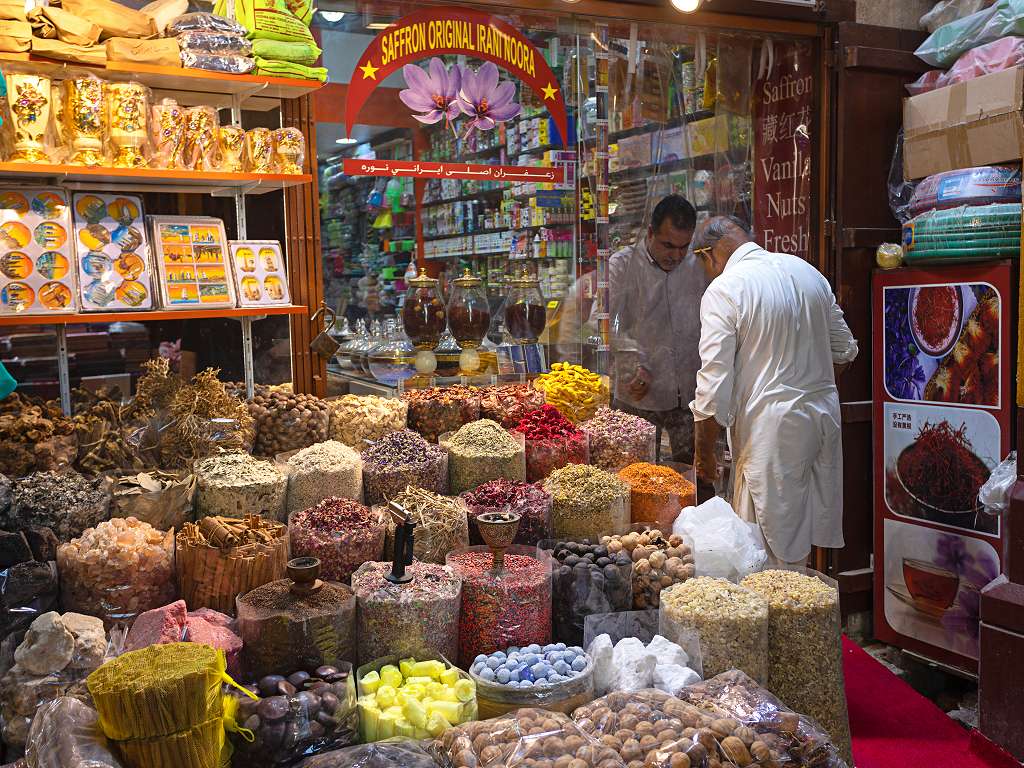
Spice Souk Experience
Aroma and Visual Delights
Stepping into a spice souk is like entering a realm of sensory wonder. The aroma of freshly ground spices fills the air, creating an intoxicating atmosphere that captures the essence of Middle Eastern culture. Visitors are greeted by:
- Vibrant Colors: Stalls overflowing with deep reds, yellows, and greens.
- Exotic Scents: A blend of earthy cumin, sweet cinnamon, and the citrusy notes of sumac, inviting exploration.
- Prepared Displays: Artfully arranged spices in burlap sacks and jars, each telling a story waiting to be discovered.
This feast for the senses is not only pleasing but also an invitation to delve deeper into the flavors that define regional cuisine.
Sampling Spices and Blends
The highlight of the spice souk experience undoubtedly revolves around sampling spices and blends. Vendors often encourage visitors to try before they buy, transforming the shopping process into a delightful tasting adventure. Key experiences include:
- Diverse Samples: From rich za’atar blends to fragrant saffron threads, each taste offers a peek into culinary possibilities.
- Knowledge Sharing: Vendors take pride in explaining the uses of each spice, often recommending blends that elevate specific dishes.
- Spice Blends: Custom mixes crafted on the spot showcase unique profiles tailored to individual preferences.
I still remember my encounter with a charming vendor who invited me to taste a mix he created for kebabs. The warm, smoky flavor amazed me, and his enthusiasm made it impossible not to purchase a bag. Sampling these spices transforms mundane cooking into an exciting culinary journey, igniting creativity in every dish. In a spice souk, each visit becomes an unforgettable experience filled with flavor, tradition, and connection.

Preserving and Storing Middle Eastern Spices
Proper Storage Techniques
To fully enjoy the vibrant flavors and aromas of Middle Eastern spices, proper storage is essential. Follow these techniques to keep your spices fresh:
- Airtight Containers: Use glass or high-quality plastic containers to prevent air exposure, which can lead to loss of potency.
- Cool, Dark Places: Store spices in a cool, dark cupboard away from direct sunlight and heat sources. Heat can significantly degrade their quality.
- Labeling: Clearly label containers with the spice name and purchase date to monitor freshness.
A personal favorite of mine is using mason jars for storage. They not only look appealing on the shelf but also help maintain the integrity of the spices over time.
Tips for Maintaining Spice Freshness
Keeping spices fresh extends their shelf life and maximizes flavor. Here are some handy tips:
- Avoid Moisture: Always use a dry spoon when scooping spices to prevent moisture buildup.
- Whole Spices: Whenever possible, buy whole spices and grind them as needed. This preserves their essential oils and flavors better than pre-ground versions.
- Regular Checks: Periodically check your spices for any signs of fading color or loss of aroma. Discard any that have lost their vitality.
Recently, I found an old container of cardamom that had lost its fragrance, reminding me how crucial these tips are. Using fresh spices elevates dishes from ordinary to extraordinary, ensuring every meal bursts with the richness that makes Middle Eastern cuisine so beloved. By following these storage guidelines, you can savor the delightful flavors long after your visit to the spice souk.

Spice Souk Inspired Recipes
Traditional Middle Eastern Dishes
One of the most rewarding experiences after visiting a spice souk is recreating traditional Middle Eastern dishes at home. Here are a couple of classics that benefit from the vibrant spices found in souks:
- Chicken Tagine with Apricots:
- Spices: Cinnamon, cumin, turmeric.
- Notes: Slow-cooking in a tagine infuses the chicken with a fragrant sweetness and depth.
- Lentil Soup:
- Spices: Cumin, coriander, and sumac.
- Notes: This hearty soup showcases the warm spices, delivering comfort perfect for any season.
While preparing these dishes, I often think about the unique stories behind the spices, which adds extra flavor to my cooking.
Fusion Recipes Incorporating Middle Eastern Spices
Infusing Middle Eastern spices into global recipes can create exciting and delightful fusion dishes. Here are two ideas:
- Za’atar Pizza:
- Toppings: Use za’atar in the pizza dough and sprinkle it on top with tomatoes, mozzarella, and feta cheese.
- Notes: The earthy zest of za’atar elevates a beloved Italian classic into something special.
- Cinnamon-Cardamom Pancakes:
- Recipe: Add ground cinnamon and cardamom to your pancake batter for an aromatic twist.
- Notes: These fragrant pancakes can be paired with honey or yogurt for a delightful breakfast.
I remember whipping up the za’atar pizza for a gathering and watching my friends’ faces light up with the unexpected flavors. These recipes reflect how Middle Eastern spices can transcend traditional boundaries, making every meal an adventure in taste. By exploring both cultural and innovative dishes, you can truly celebrate the magic that spice souks bring to culinary experiences.

Future of Spice Souks
Modernization and Global Influence
As spice souks evolve, modernization brings new opportunities and challenges. The influence of globalization is palpable, with international flavors and products entering the market. Some changes include:
- E-commerce Platforms: Many traditional markets are expanding online, reaching global customers who crave authentic spices.
- Contemporary Designs: Renovation of souks introduces a blend of traditional charm with modern amenities, attracting younger generations.
During my last visit, I noticed digital screens showcasing recipes next to the spice displays, which added a refreshing twist to the traditional experience. This innovation bridges cultural gaps, introducing new customers to the rich history of spices.
Sustainability in Spice Trade
Sustainability is becoming more prominent in the spice trade, reflecting growing consumer awareness about ethical sourcing practices. It encompasses:
- Organic Farming: An increase in organic spice production supports traditional farming methods and reduces chemical usage.
- Fair Trade Practices: More vendors are adopting fair trade principles, ensuring that farmers receive adequate compensation for their crops.
On a recent trip, I spoke with a vendor who proudly discussed his commitment to sustainability, sourcing spices from local farmers who practice eco-friendly methods. These efforts not only preserve the environment but also promote community welfare, securing the future of spice production for generations to come. The future of spice souks promises a harmonious blend of tradition, modernization, and sustainability, ensuring that these vibrant markets continue to thrive and enchant.
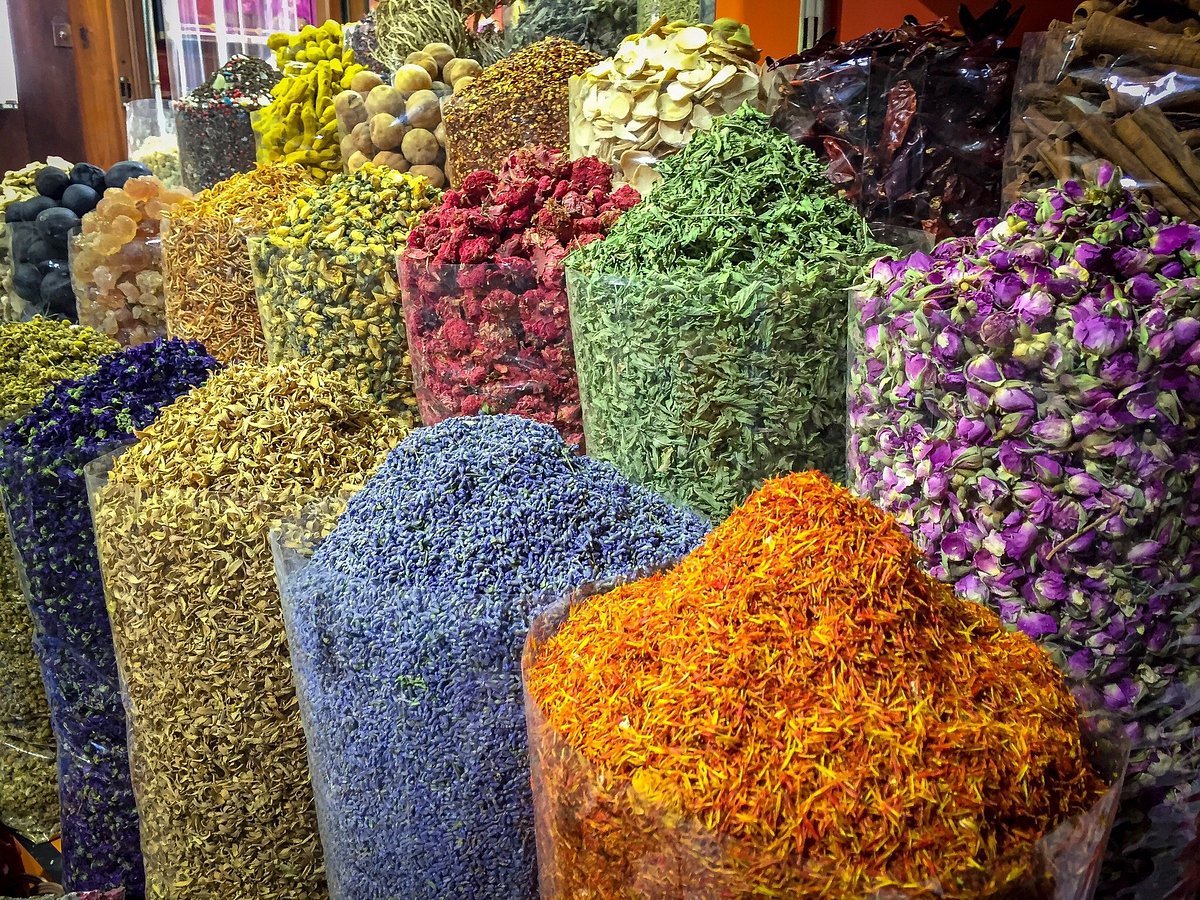
Conclusion
Recap of Spice Souk Magic
The magic of spice souks lies in their vibrant colors, enchanting aromas, and rich cultural significance. These bustling markets provide a unique sensory experience that connects visitors with the culinary essence of the Middle East. From navigating stalls to engaging with passionate vendors, each moment in a souk feels like an adventure.
- Diverse Offerings: From traditional spices to innovative blends, there’s always something new to discover.
- Cultural Exchange: Each interaction tells a story, enriching your understanding of local traditions and practices.
Enduring Appeal of Middle Eastern Spices
Middle Eastern spices are more than just ingredients; they embody centuries of history, culture, and community. Their enduring appeal transcends culinary boundaries, making them cherished components in kitchens around the world. I often reflect on how the simple act of cooking with these spices can evoke memories of my travels and the delightful people I met along the way.
- Versatile Usage: Their ability to enhance flavors in both traditional and modern dishes keeps them relevant across global cuisines.
- Sustainable Future: With a growing focus on sustainability, these spices will continue to connect us all to our shared love for diverse and authentic flavors.
In essence, the allure of spice souks and Middle Eastern spices promises to thrive, inviting future generations to partake in their rich heritage and extraordinary taste. Every pinch adds a sprinkle of history to your meals, enriching both the mind and palate.

